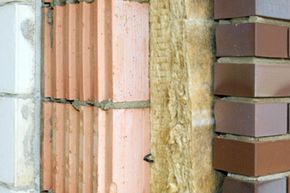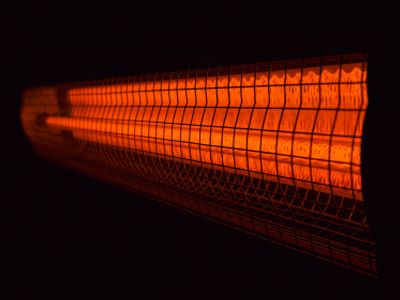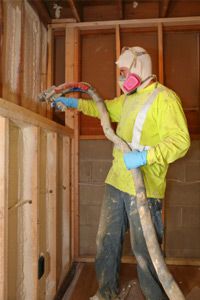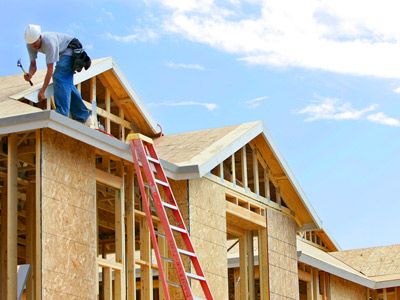Whether you're building a new home or remodeling an old one, there are many decisions to be made. The design and the aesthetic of your house are a lot more fun to plan than things like your choice of insulation. But these decisions are also extremely important to the long term efficiency of your home, and they can affect resale as much as the curb appeal or the quality of the master bathroom shower.
In terms of the temperature of your home, you should always remember that heat generally looks for an exit. In the winter, heat rises to the ceiling, away from your body. Heat also seeks out colder areas of your house, like the attic, garage or basement. If you have cracks and leaks, the heat will find them. If this isn't enough, summertime heat will try to make its way into your home. So the kind of insulation you choose is important.
Advertisement
When comparing types of insulation, you should remember that they're measured in terms of their resistance to heat flow, indicated by "R-value." Choosing the right insulation type can vary depending on your needs and your desire to be green. Attics generally require an R-value of R-35 to R-45. This will be the most heavily insulated part of your home. In the past, most homes used simple fiberglass insulated rolls. These days you have options like spray foam, foil-faced reflective paper, polyethylene bubbles or straw core panels. And these are just a few of the types available.
If you're starting from scratch and building a home then using insulated concrete forms, which is literally building the insulation into your home's structure, is the way to go for maximum efficiency. However, if you're remodeling an existing home, spray foam is probably the best option for maximum energy efficiency. Loose fill cellulose or fiberglass can also be sprayed into existing structures. So when it comes time to add or improve insulation in your house, look for the one that has the most appropriate R-value that works best for your home's needs. This will depend on the age of your home, the structure itself and where your house is located. A house in Minnesota will have different needs than one in Florida. In the end though, the goal is the same – you want to provide effective resistance to the flow of heat and cold air.
Advertisement



